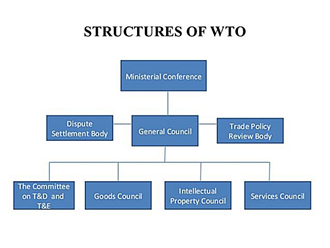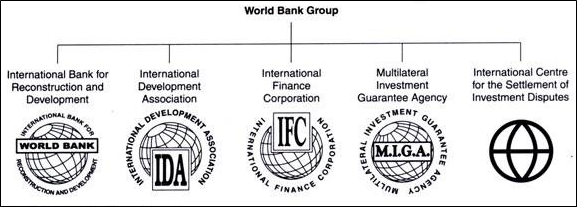-
- Those loans (or assets for banks) which is not generating any income.
- Loanee is not paying the stated interest and part of principal.
- As per the classification, a loan is classified as NPA if interest or principal payment is pending for 90 days, or more is considered as NPA.
Various terms of NPA
1. Gross NPA: Total amount of NPA which have been defaulted by the borrowers.
2. Provisioning norms: Under this, banks set aside a proportion of their own profit to cover for potential loss due to assets turning bad.
| Provision Coverage Ratio = Provisioning value/ Gross NPA |
3. Net NPA: It is the total NPA which remains after subtracting the provisioning value from the Gross NPA.
| Net NPA = Gross NPA – Provisioning value |
Various Categories of NPA
1. Sub-standard Assets: When NPA is less than or equal to 12 months.
2. Doubtful Assets: When NPA is more than 12 months.
3. Loss Assets: When banks have identified an asset (an NPA) as loss.
Write-off: When a bank writes off a loan, it removes it from the bank’s asset book. It reduces the balance sheet of the bank. But it does not mean that banks do not try to recover the amount. It is just an accounting system.
Waive-off: waiving a loan means that the banks will no longer ask for repayment from the borrower and no attempt will be made by them to recover the amount.
| Total Stressed Assets = NPAs + Restructured Loans + Written-off Loans |
Tackling Stressed Assets
|
1. 5/25 Scheme: It was launched in 2014. The Scheme allowed the banks to fix a longer repayment period for loans to infrastructure and core industries say 25 years, based on the economic life or concession period of the project, with periodic review, say every 5 years. 2. Strategic Debt Restructuring (SDR): It was brought in 2015 by the RBI. It gave lenders (or banks) to convert partial or whole of the debt given to corporates into equity shares of the debtor company. 3. Scheme for Sustainable Structuring of Stressed Assets (S4A): It was launched in 2016. Under the S4A scheme, a company’s debt is divided into two categories: sustainable and unsustainable which was determined by the cash flows generated by the company’s project. The aim was to help big corporates which were genuinely facing difficulties in managing their solvency. 4. The Insolvency and Bankruptcy Code (IBC): It was brought in 2016. It has created a consolidated framework that governs insolvency and bankruptcy proceedings for companies, partnership firms, and individuals. The law was necessitated due to huge pile-up of non-performing loans of banks between 2014 and 2018. There is a time-bound and systematic manner to resolve the company facing solvency issues and also ensuring that the value of capital does not erode to junk due to delays in resolution of stressed assets. |



